An HDMI switch is a useful device that allows you to feed multiple HDMI sources into a single output, regardless of their type – mini, micro, or standard. This means you can easily switch between input channels and avoid the need for constant unplugging and replugging of devices. Using an HDMI switch is an excellent way to enable older equipment with fewer HDMI inputs to accept more devices, making it a cost-effective solution for managing multiple devices.
With an HDMI switch, you can manage multiple devices on displays with only one HDMI input. A power amplifier can be used in combination with the HDMI switch to offer the same basic functionality as an A/V receiver. However, it’s important to note that an HDMI switch doesn’t offer the same sound conditioning as an A/V receiver, which can affect the overall sound quality of your setup.
While an HDMI switch is not a perfect substitute for an A/V receiver, it is still a practical option. You won’t get the same sound conditioning from your display device’s internal preamp that you would get from an A/V receiver, but it still provides a convenient solution for managing multiple devices. It’s worth noting that an HDMI switch also lacks consumer electronic control (CEC), which allows you to control all of your devices with one remote, unlike an A/V receiver.
Table of Contents
What is the functioning principle of an HDMI switch?
An HDMI switch is a convenient device that allows you to route multiple HDMI source channels into a single channel. This means you can easily expand the number of inputs your device, typically a television, can accept. By using the HDMI switch to replace your TV’s input selector, you can effortlessly switch between multiple HDMI sources without having to constantly unplug and plug in different devices.
To understand how an HDMI switch works, it’s important to know that an HDMI cable consists of 19 wire pairs that terminate in 19 pins on the HDMI plug. These pins carry various types of information, such as picture and sound, device information, playback controls, and clock settings. In an HDMI switch, the signals from these 19 wire pairs are routed to the corresponding pins of the output signal.
To prevent harmful interference and signal overloads caused by mixing two or more overlapping signals, an HDMI switch is designed to select signals from one input source at a time. While this process could theoretically be mechanical, almost all HDMI switches are powered and come equipped with a remote control for easy use.
While most HDMI switches are simple devices that can manage only a few inputs, there are more robust units available that can meet more complex input management needs. For example, the OREI HDMI Splitter (on Amazon) is a basic device that can manage only two inputs. On the other hand, the OREI 4k 4×1 HDMI Switcher (on Amazon) is a more advanced unit that provides a comprehensive solution to input management. With this device, you can easily manage up to four input sources, making it a great option for those with more complex entertainment setups.
Can an HDMI Switch Replace an A/V Receiver?
It’s important to note that an HDMI switch is designed to replace only the input switching capability of an A/V receiver. While an HDMI switch can provide similar functionality to an A/V receiver in terms of input management, it cannot fully replace an A/V receiver.
As any home theater enthusiast will tell you, A/V receivers perform a variety of functions beyond input switching. For example, an A/V receiver allows you to connect auxiliary speakers and can handle iPhone connections, as we explained in our tutorial.
If you plan to use your TV’s built-in speakers or output audio to a power amplifier, an HDMI switch may be a suitable option for managing your inputs. However, you won’t get the all-in-one sound conditioning and efficient signal management that you would get from an A/V receiver. Therefore, while an HDMI switch can be a useful tool for managing input sources, it cannot fully replace the functionality of an A/V receiver.
When Could You Use an HDMI Switch?
An HDMI switch is typically not a primary component of a home entertainment system that is designed from the ground up. Instead, it is more commonly used as a way to enhance the connectivity of existing equipment that is lacking in input options.
In other words, an HDMI switch should be viewed as a way to improve a subpar home entertainment setup, rather than a substitute for more expensive equipment.
The most frequent use case for an HDMI switch is when a device has only one HDMI input but you want to use multiple HDMI devices. Without an HDMI switch, you would need to upgrade to an A/V receiver, which may be more than what you need if you are not using external speakers.
Compared to an A/V receiver, an HDMI switch is much smaller and less expensive. Therefore, if you want a simple and lightweight solution for connecting multiple devices to a single input TV, an HDMI switch can be a viable option.
However, when integrating new devices into your home entertainment system, it is an excellent opportunity to upgrade and streamline your system. An HDMI switch cannot offer the same level of improvement and optimization that a full upgrade can provide.
In What Cases is an A/V Receiver a More Suitable Choice Than an HDMI Switch?
To set up a top-notch home theater system, it’s advisable to opt for an A/V receiver rather than an HDMI switch. An A/V receiver is a complete solution to connect all of your devices, allowing you to route sound directly to speakers and pictures to your display device while managing a range of different inputs.
In contrast to an HDMI switch, an A/V receiver provides optimized image and sound quality, and it performs both pre-amplification and power amplification, ensuring a well-balanced and powerful speaker system. Additionally, if your equipment is capable of using consumer electronics control (CEC), you can use the remote of one device to control all of your other devices, which is not easily achievable with an HDMI switch. You would have to set up your system devices individually every time if your system devices aren’t universally capable of HDMI eARC.
However, if you have limited needs, such as connecting multiple devices to a single input TV, an HDMI switch is a cost-effective and practical solution. It is significantly smaller and less expensive than an A/V receiver, making it an ideal patch to improve a substandard home entertainment arrangement. But if you want to upgrade and streamline your home entertainment system, an HDMI switch may not be sufficient. It’s always better to consider your specific requirements before deciding which solution is best for you.
If you’re faced with the decision between an A/V receiver and an HDMI switch, the former is the clear winner when it comes to quality and ease of use. There are few reasons why you would want to choose an HDMI switch instead.
However, if you’re looking to save space and you’re not interested in investing in the specific system you’re integrating the HDMI switch into, then an HDMI switch might be a suitable option for you.
Ultimately, an HDMI switch is a cost-effective alternative to more expensive solutions that would require a significant upgrade to your home theater system. If you’re not interested in making a major investment in your system, an HDMI switch might suffice for your needs.
READ ALSO: How to Add More HDMI Ports to a TV
Related Q&A

What is an HDMI switch?
An HDMI switch is a device that allows you to connect multiple HDMI sources to a single HDMI port on a TV or monitor.
How does an HDMI switch work?
An HDMI switch works by receiving signals from different HDMI sources and then switching between them to display the selected source on the TV or monitor.
What are some common uses for HDMI switches?
HDMI switches are commonly used to connect multiple devices, such as gaming consoles, Blu-ray players, and streaming devices, to a single TV or monitor.
What are some benefits of using an HDMI switch?
Using an HDMI switch can help reduce clutter and simplify your entertainment setup by allowing you to connect multiple devices to a single HDMI port.
How many HDMI sources can an HDMI switch support?
The number of HDMI sources that an HDMI switch can support varies depending on the model, but most switches can accommodate at least 2-3 sources.
Can an HDMI switch degrade the quality of the video or audio signal?
No, if the switch is of good quality and properly installed, it should not degrade the quality of the video or audio signal.
What should I look for when choosing an HDMI switch?
When choosing an HDMI switch, you should consider the number of HDMI sources it supports, the resolution and refresh rate it can handle, and any additional features such as remote control or automatic switching.
How do I connect an HDMI switch to my TV or monitor?
To connect an HDMI switch to your TV or monitor, simply plug the HDMI sources into the switch and then connect the switch to the TV or monitor using an HDMI cable.
Can an HDMI switch be used with older devices that use composite or component video?
No, an HDMI switch is designed specifically to work with HDMI devices and cannot be used with older composite or component video devices.
Are there any downsides to using an HDMI switch?
Some potential downsides to using an HDMI switch include the need for additional cables and potential compatibility issues with certain devices.


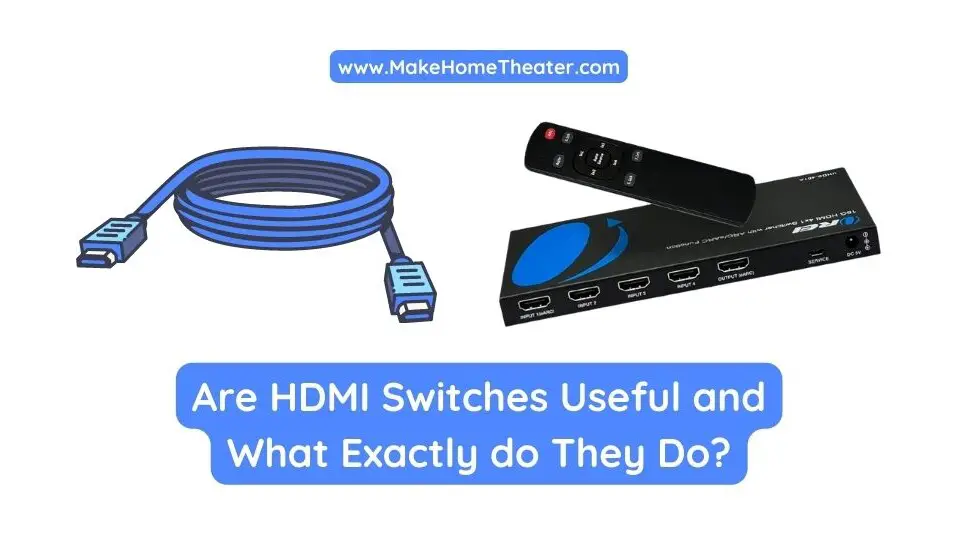
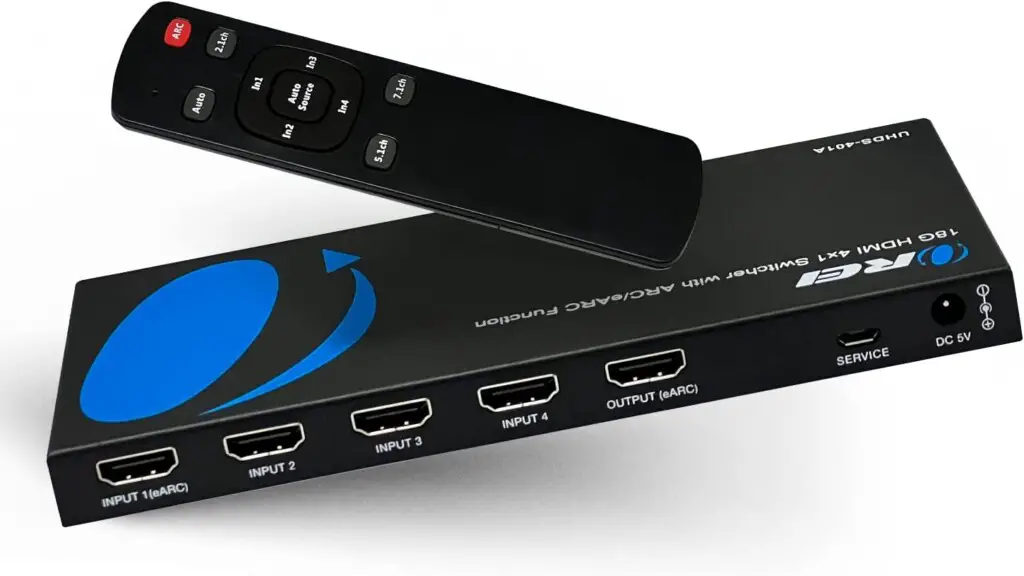
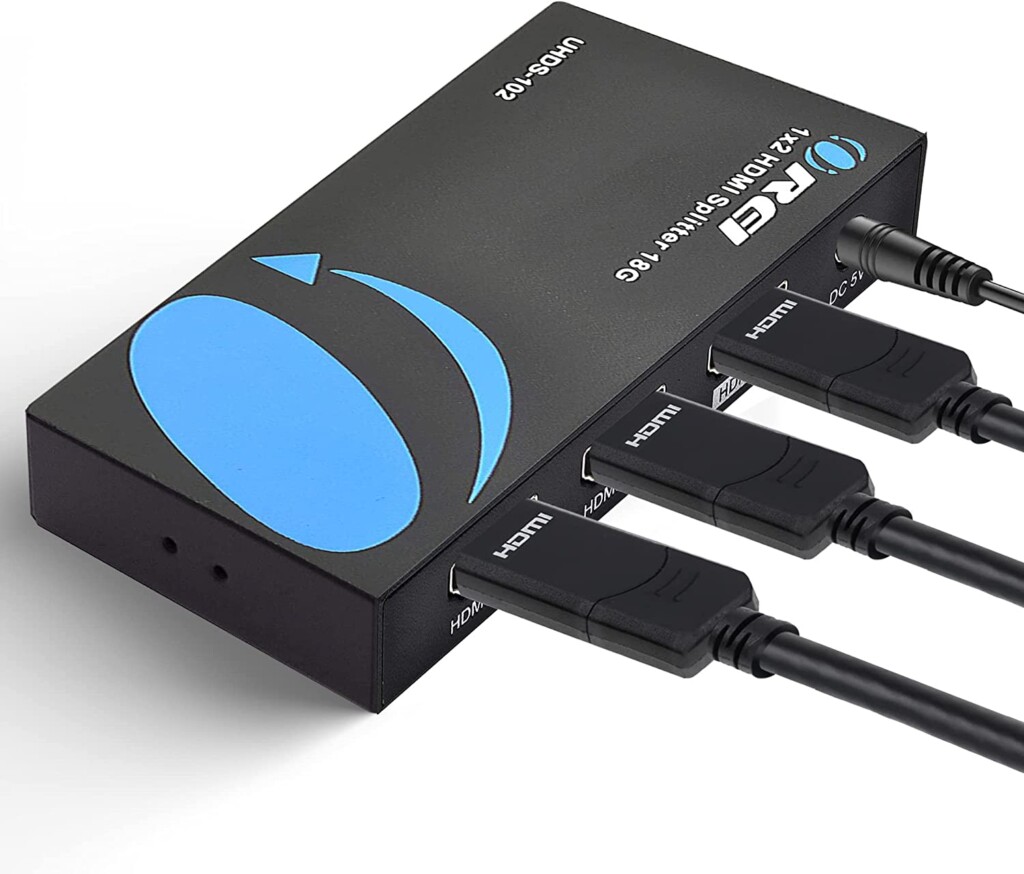
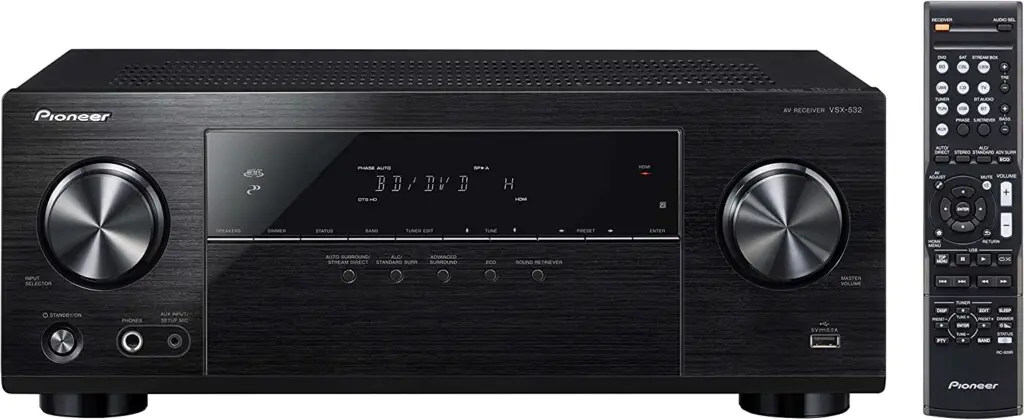

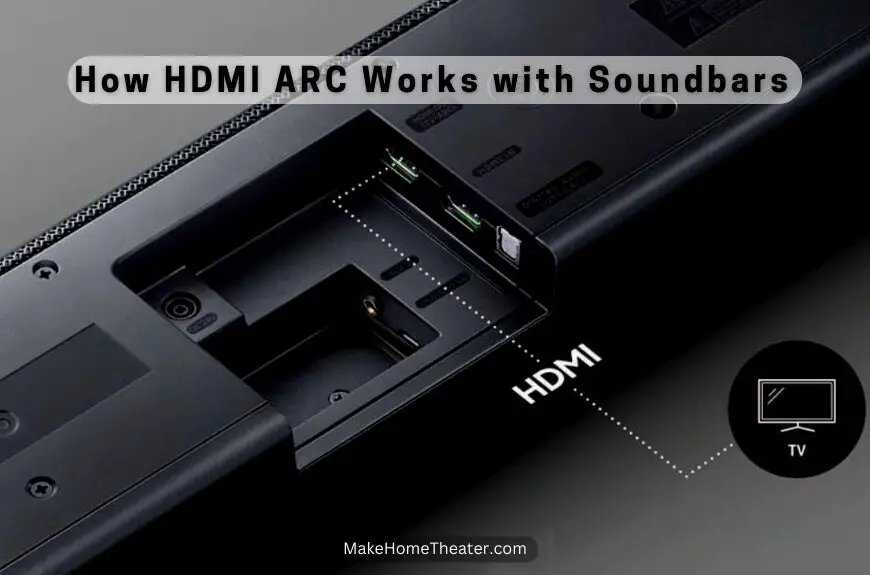




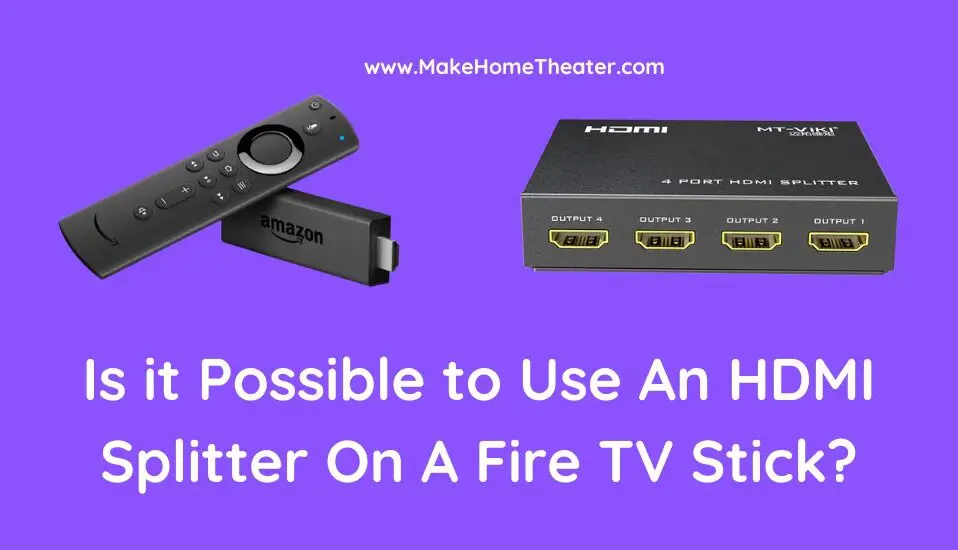
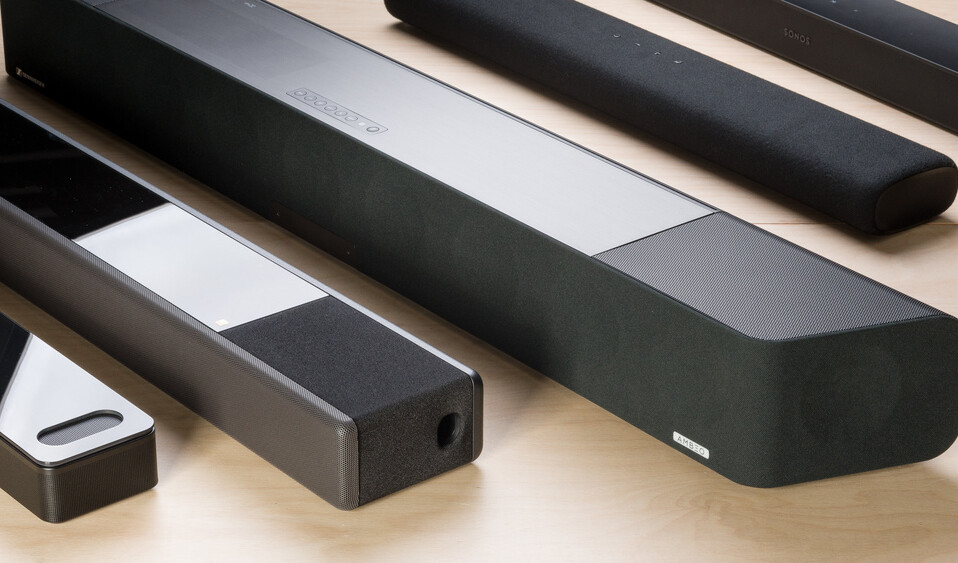
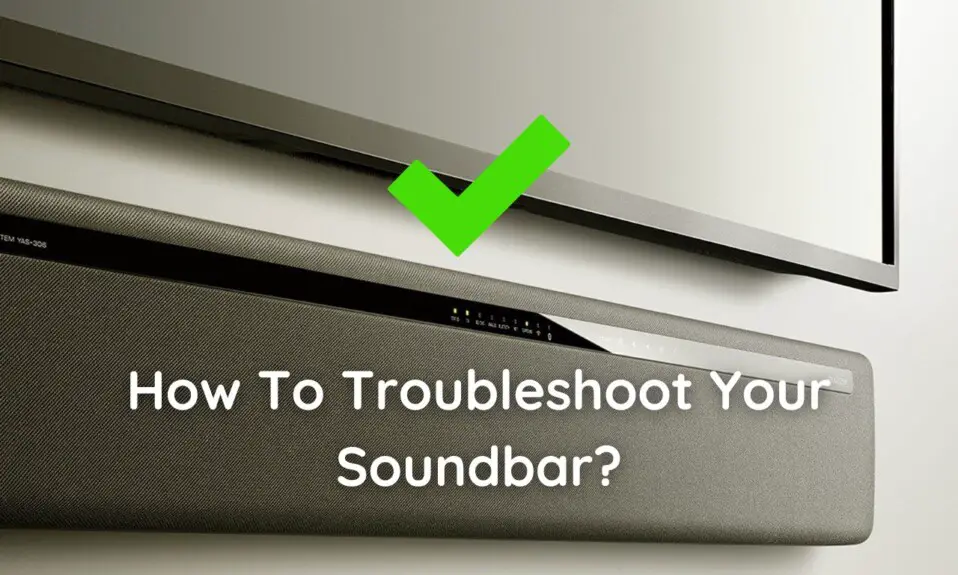
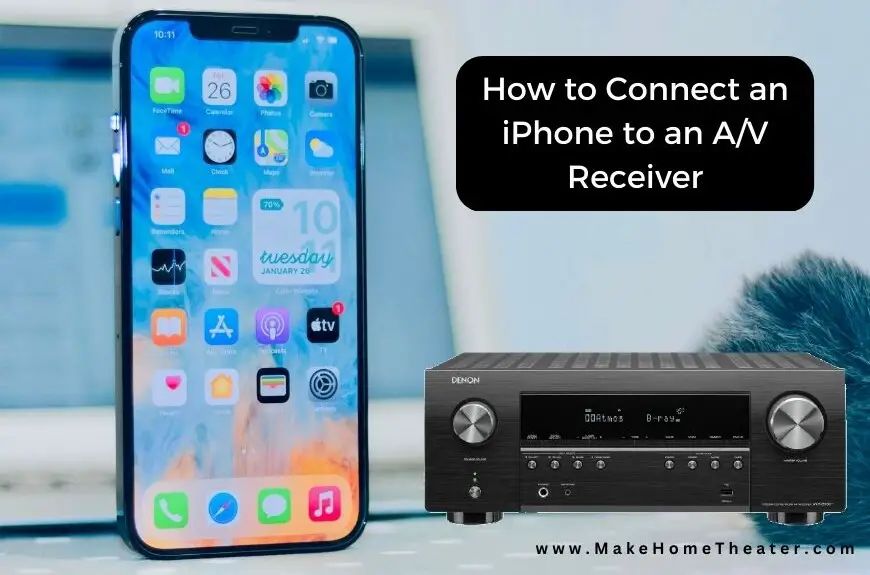
1 Comment